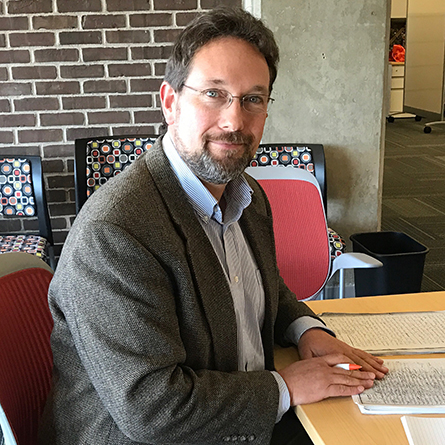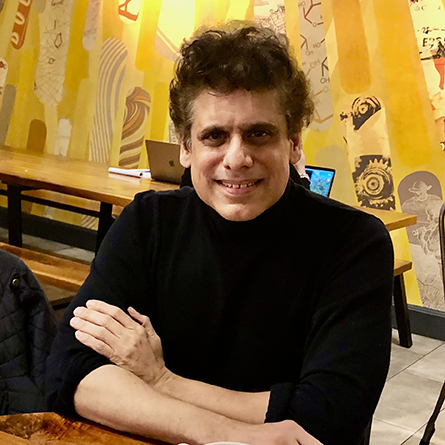
Connecticut College professor awarded NSF grant to catalog world's most extensive chrysophyte collection
Connecticut College professor awarded NSF grant to catalog world's most extensive chrysophyte collection The grant, made through the Opportunities for Promoting Understanding through Synthesis (OPUS) program, will allow Siver to assemble, catalog and archive the thousands of chrysophytes - photosynthetic microorganisms found in lakes, oceans and other water sources - he has collected through 31 years of research. Siver, who specializes in limnology, or the study of lakes, is the preeminent expert on the microscopic organisms that inhabit freshwater lakes in North America. Siver studies these chrysophytes and diatoms to draw conclusions about global warming, evolutionary stasis, the development of species and the geographic distribution of plants and animals.
"Many chrysophytes can only survive in very specific conditions, so their mere presence tells us quite a bit about the chemistry and environment of a lake," Siver said. Recently, Siver has focused his research on fossil lakes dating back 50 million years. Examining mud samples from an ancient lake core in northern Canada, Siver and a colleague from the University of Alberta discovered microorganisms identical to those that exist today in the tropics.
"We now know that this frozen tundra was once warm enough to support tropical life," Siver said. "In the future, we could have alligators in the North Pole, and they will be quite happy."
For more than 30 years, Siver has kept meticulous records of each of his carefully preserved chrysophyte and diatom samples. The NSF grant will allow him to archive raw samples, processed slurries and prepared slides from more than 2000 collections made from 500 waterbodies spanning the east coast of North America. These archived collections will then be donated to the Academy of Natural Sciences in Philadelphia, London's Natural History Museum and the Canadian Museum of Nature. The grant will also allow Siver to catalog the taxonomic information, high resolution images, distributional records and ecological data from the collections, which will be compiled into a book volume and accompany the museum archives.
"Vast chrysophyte collections simply don't exist, primarily because chrysophytes can be difficult to preserve," Siver said. "With these collections, we will be able to compare data and answer a lot of remaining questions." Siver hopes the collections will be used by generations of scientists in the future, including, perhaps, some of his own students.
"I've taken students to make collections all over the country, including northern Florida, the Carolinas, coastal Maryland, Delaware, Cape Cod and New Jersey," Siver said. "I hope to challenge them and inspire them to continue to pursue scientific research."
The grant, which totals $149,813 is 100 percent federally funded.
March 7, 2011
